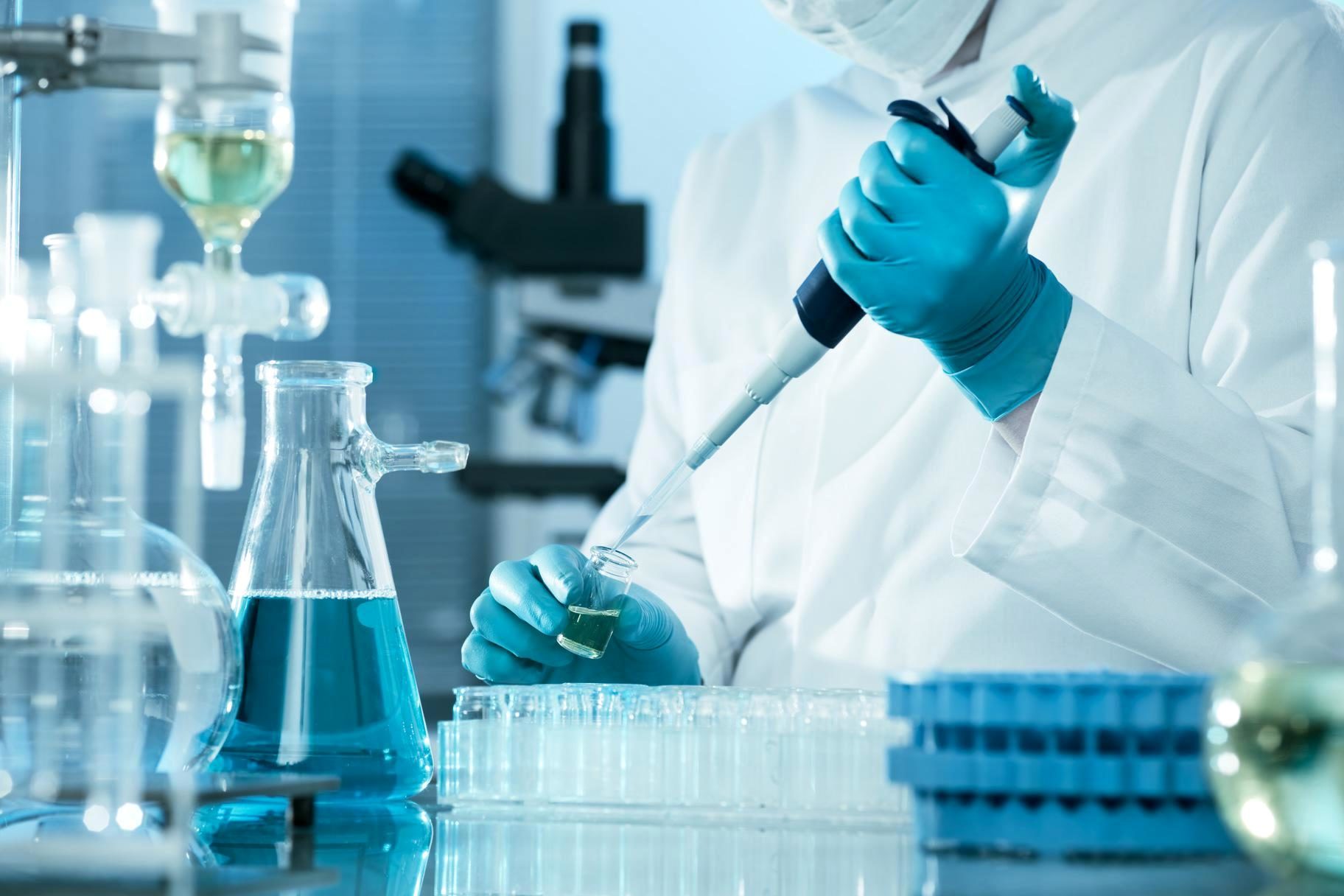EN 1811 Metal Release Nickel Chemical Safety Testing
The European Standard EN 1811:2015 specifies a method to determine nickel release from metallic materials intended for use in contact with food, beverages, or cosmetics. This test is critical for ensuring the safety of products that may come into direct contact with human skin or consumeable goods.
Quality managers and compliance officers rely on this testing to ensure their products meet stringent regulatory requirements set by authorities like the European Commission and the EU. R&D engineers also use these tests to innovate safer product designs, while procurement teams benefit from knowing suppliers are adhering to high safety standards.
The test evaluates the release of nickel into a simulated environment that mimics real-world conditions where such materials might be used. The results help in making informed decisions about material selection and process optimization.
EN 1811 is particularly important for industries like automotive, medical devices, and consumer goods, ensuring that products do not pose risks due to nickel migration or allergic reactions. The standard covers various types of metallic materials including stainless steel, brass, copper, and other alloys commonly used in these sectors.
The test involves submerging the specimen in a solution under specific conditions for a defined period. Afterward, the nickel content is measured using atomic absorption spectrophotometry (AAS). Compliance with EN 1811 is essential to avoid product recalls or legal actions due to safety concerns.
Scope and Methodology
| Test Specimen | Test Solution | Temperature | Time Duration |
|---|---|---|---|
| Metallic materials | Sodium chloride solution, 5% w/v in water | 37°C ± 1°C | 24 hours |
| Instrumentation | Procedure | Data Analysis |
|---|---|---|
| AAS Spectrophotometer | Submerge specimens, measure nickel content post-test | Compare measured nickel levels to acceptance criteria. |
The test is conducted under controlled conditions to ensure accurate and reproducible results. The specimen must be prepared according to the standard’s specifications, which include cleaning, rinsing, and drying procedures to avoid contamination. After submersion in the sodium chloride solution, the nickel content is measured using an AAS spectrophotometer.
The acceptance criteria for this test are based on the maximum permissible limit of nickel release into the environment. Compliance with these limits ensures that products do not exceed safe levels of nickel migration. The standard provides a clear framework for conducting tests and interpreting results, making it easier to ensure compliance across different industries.
Why Choose This Test
The EN 1811 test is essential for several reasons:
- It helps in identifying potential risks associated with the release of nickel into contact areas.
- Ensures products meet stringent regulatory requirements and industry standards.
- Provides data that can be used to improve product design and manufacturing processes.
- Reduces the risk of recalls, legal actions, and reputational damage.
The test is particularly beneficial for companies operating in highly regulated sectors such as automotive, medical devices, and consumer goods. By adhering to this standard, manufacturers can demonstrate their commitment to product safety and quality, thereby gaining a competitive edge in the market.
Moreover, the test results are recognized internationally, facilitating easier compliance with global standards and regulations. This is especially important for companies exporting products across different regions or working with international partners who require compliance with specific standards.
Quality and Reliability Assurance
- Standard Compliance: Ensures the test adheres to EN 1811:2015, an internationally recognized standard for nickel release testing.
- Data Accuracy: Rigorous quality control measures ensure accurate measurement of nickel content post-test.
- Replicability: The controlled conditions and standardized procedures guarantee consistent results across multiple tests.
- Expertise: Our team of experts ensures the test is conducted by highly qualified personnel using state-of-the-art equipment.
The reliability of our testing services is further enhanced by our commitment to continuous improvement. We regularly review and update our procedures to align with the latest standards and best practices in the industry. This commitment to excellence ensures that clients receive accurate, reliable, and actionable results.





